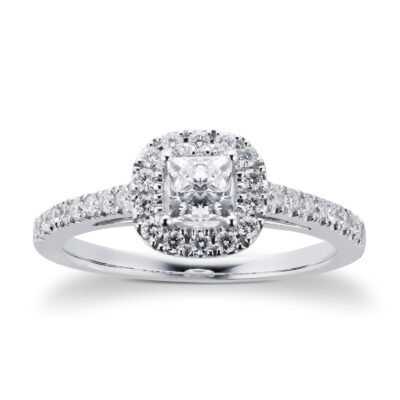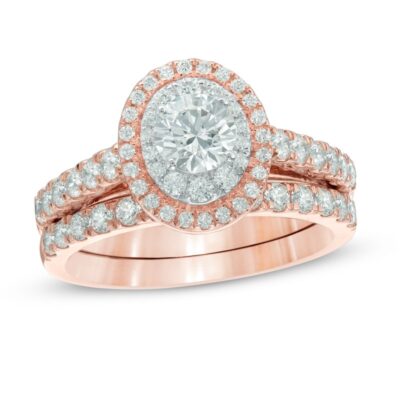Diamond
The earliest diamonds was found in India in 4th century BC as it was depleted in India, it was discovered in South America (Brazil) in 1725. It is now mined in countries as Ghana, Australia and USA. It was formed between 90 and 120miles beneath the earth surface and bought to surface through volcanic activity. When you think of jewellery most people’s 1st thought comes to mind of sparkling diamonds, throughout history diamonds has been valued the highest gemstone and is worn and admired by royalty for its status and strength. Diamonds has become the way of declaring love in form of engagement and eternity rings.

Diamonds are popular, sparkling and glamorous gemstones which are clear with hints of yellow caused by the existence of nitrogen during formation. There are also incredibly rare diamonds which vary in colour from yellow, brown, pink and blue which is known as fancies. Diamonds are valued according to the 4Cs colour, carat, cut and clarity this is the language diamond jewellers use to describe the characteristics of a diamond, as no 2 diamond is the same no matter how similar they look as they all have hidden inclusions that cannot be seen to the naked eye, it is like individuality of finger prints.

Colour – Is graded using the GIA (Gemmological Institute of America) colour guide on how close a diamond is to being colourless.
Carat – Is the weight of the diamond and should not be mistaken for the size of the gem.
Cut – Shape and quality are the two aspects of cut of a diamond. The most popular cut is the round brilliant cut.
Clarity – Describes how free the diamond is from inclusions, the type, positions and amount of inclusions. Inclusions are the naturally occurring flaws found in a diamond.
Diamonds are individually certified with an identification report from gemmological institutes these are internationally-recognised grading laboratories. Identification report contains an account of the diamonds description using the 4Cs Colour, Carat, Cut and Clarity and come with additional security as all diamonds are laser inscribed with the certificate number on the girdle of the diamond, it is naked to the eye as it is only viewable using a loupe with magnification of 10x.
Diamond Care
To avoid dulling your diamond’s optimum fire and natural brilliance, it is best to remove any jewellery when using skin oils, soaps and cosmetics. The best way to keep your diamond jewellery looking pristine is to occasionally polish it gently with a soft, dry jewellery cloth. Although diamonds are very durable, we recommend removing your diamond jewellery when carrying out strenuous work or activities to avoid it being chipped by a hard knock. To avoid tiny scratches, it is advisable to store your diamond jewellery in separate pouches from other diamonds and jewellery. It is also important to ensure that your diamond does not come into contact with chlorine bleach as this can damage the setting. Visit your local jewellery store annually to have your diamond jewellery checked for weakened or bent claws